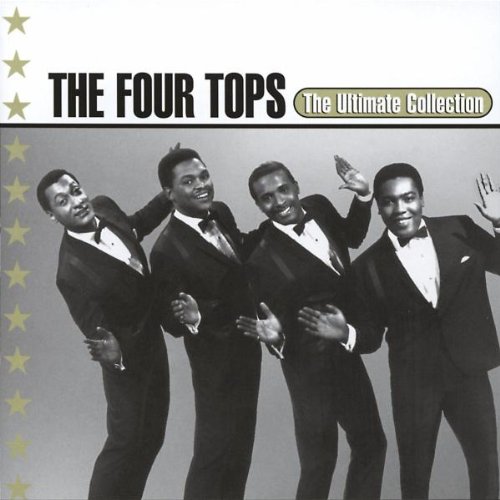
There was an interesting article in today’s Wall Street Journal, Financial Advisers Try New Tactics by Anne Teregsen and Jane J. Kim.
Teregsen and Kim write that investment advisers are rethinking their "conventional" approaches to investing. The philosophical reason for these changes is that the “correlation” among those asset classes has gone up so much that the benefits of diversification really aren’t there. They noted that there is some evidence that advisers who use traditional buy and hold approach are losing clients to managers trying new approaches.
After finishing the article, I wrote an email to Tergesen and Kim. Below is an excerpt:
"The strategy of “Buy and Hold”
"The advisers who are exiting this strategy are doing so because they don’t know what it is. The actual strategy they are ditching is better termed “buy and hope.” This strategy is built on the overly simplistic conclusion that if you hold onto stocks long enough, they will go up, because that’s what they’ve done in the past. A strategy built on such a flimsy philosophical foundation is just doomed to failure. Those of us who have been at this long enough, know that at some point the market will behave in a manner that will challenge our most deeply held convictions. So it isn’t surprising that “buy and hope” has been swept away.
The real “buy and hold” strategy is built on the well documented fact that it is possible to make value judgments regarding investments. Careful investors will wait until they judge that the value of what they are about to buy is worth more than the price. They will then “buy” it and “hold” it until the value equals or exceeds the price. The process is not guaranteed to succeed, but it is built on logic and common sense – and unlike “buy and hope” it has both the substance to withstand challenge, and the ability to be refined and improved."
The failure of diversification
"I was a liberal arts student, so I’m doomed (or blessed) to search for the common sense logic behind all statistics. The fact that “traditional” diversification has not worked recently, does not mean necessarily that there is a permanent change in the relationship between stocks (US and Foreign), bonds, and cash. There are times diversification doesn’t work. This is not news; it is baked into the conceptual framework of putting the odds in your favor – you can never get to 100%. I’m not suggesting that there aren’t substantive reasons behind why “traditional” diversification has diminished in effectiveness. The evaluation of those reasons, and whether they appear cyclical or fundamental is a subject worthy of inquiry. It appears however that the same flawed assumptive reasoning that led advisors to dump (what they believe is) the “buy and hold” theory, is also causing them to dump “traditional diversification.”
“New” Tactics
"I confess that when I first heard the biblical phrase “there is nothing new under the sun” I didn’t really understand what it meant. But after observing investors make the same mistakes from one decade to the next, I’m getting the hang of it now. I’m afraid that the “new tactics” advisers are switching to, are driven more by “what’s working now” than any substantive change in their thinking, or any really new investments. As a result, the “new tactics” may work for a while, but as with “buy and hope” at some point down the road the market will throw up a harsh challenge to this “new” strategy, and investors will wake up wondering what they have, and why they have it. In a repeat of what is happening today, their advisers will have nothing meaningful to say, other than to point them to “what’s working now.”
"The challenge all advisers face is how to dispense not just advice, but good advice. That is, advice that is built on a firm base of common sense, experience, rigorous analysis, and realistic assumptions. I know a number of advisers who hew to that thinking and so I’m confident that there is still good advice available for investors."



